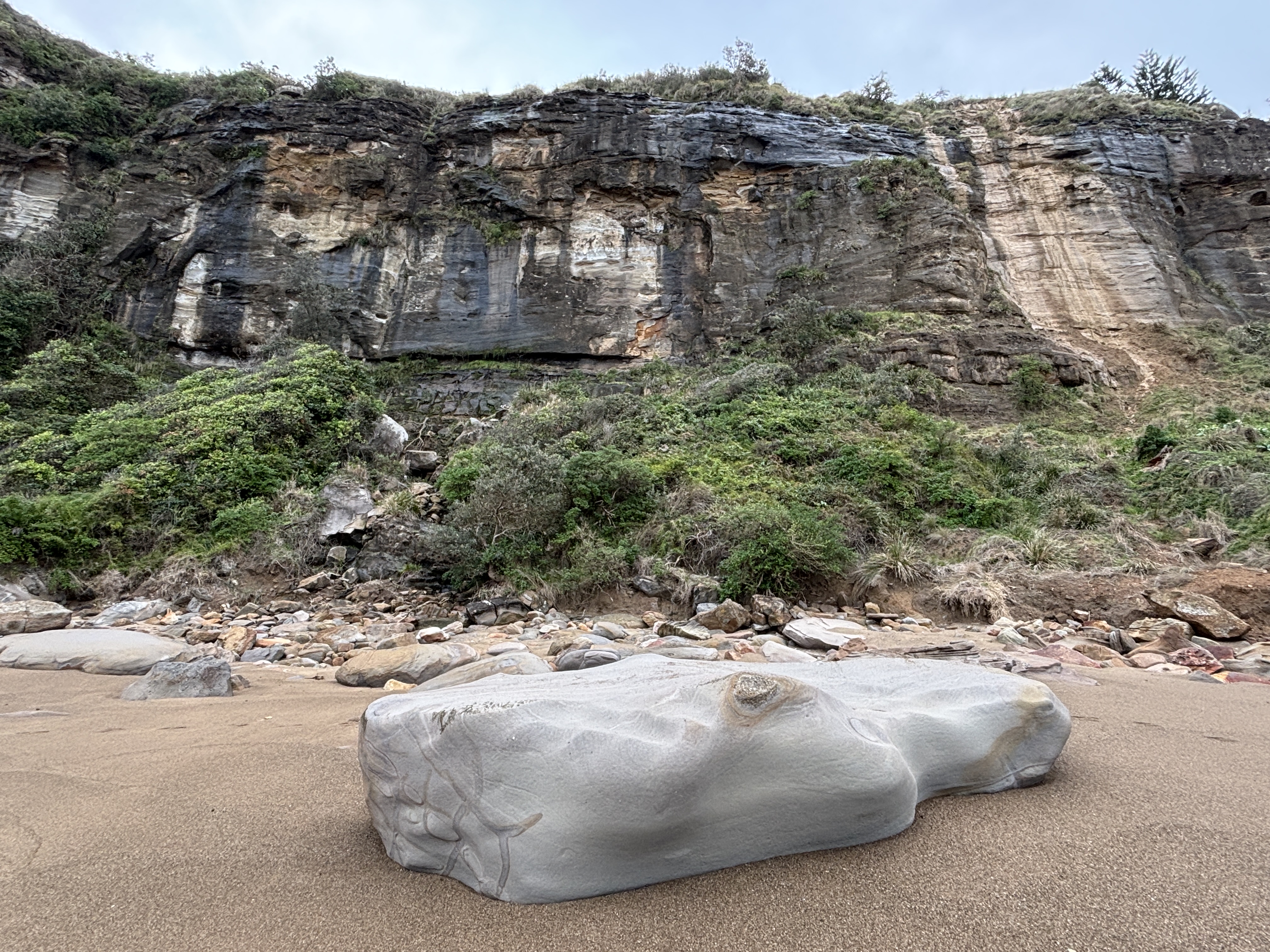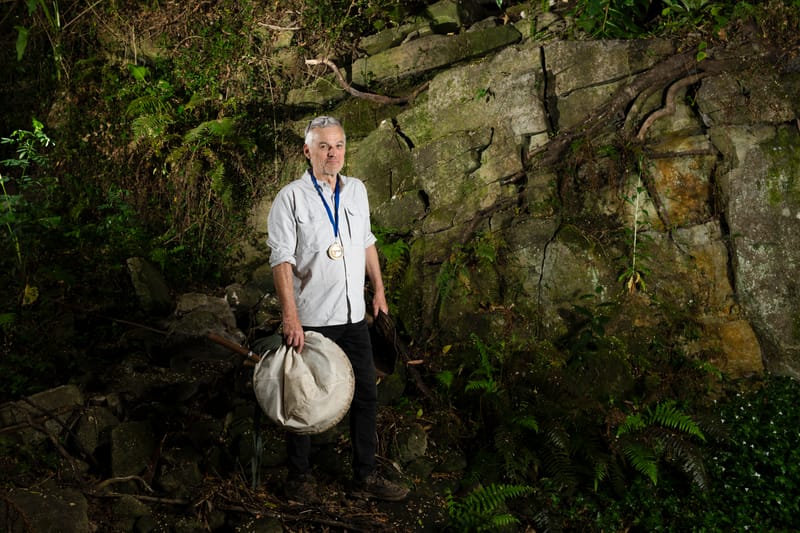Dr Rip’s Science of the Surf: Rockfalls and Cliff Collapse
In early August, a large section of cliff along Sydney’s Bronte Beach collapsed and fell onto the beach, taking a section of a public staircase with it. The rockfall occurred dangerously close to the busy Eastern Suburbs coastal walk and has...

In early August, a large section of cliff along Sydney’s Bronte Beach collapsed and fell onto the beach, taking a section of a public staircase with it. The rockfall occurred dangerously close to the busy Eastern Suburbs coastal walk and has raised all sorts of safety concerns for that part of the coast where rock overhangs are common.
Despite occurring in the middle of the day, luckily no one was hurt because it was a rainy winter day. If it had been a hot summer day, it would have been a much different story. I’m sure it’s got many coastal councils wondering how to manage this sort of risk moving forward. It may also have you thinking if it’s worth sitting underneath an overhang on the beach to shelter from the sun!
How much of a risk are rockfalls along our coast? Well, the Sea Cliff Bridge is there for a reason and there’s plenty of boulders lying at the base of our coastal cliffs and on our rock platforms that are all a result of past rockfalls.
Our coast (and Sydney’s) is dominated by sandstone rock formed millions of years ago from the sediments of ancient river deposits which we can see today in our coastal cliffs, headlands and the Escarpment, all of which are eroding naturally.
Some sandstone layers are stronger than others, creating overhangs that will eventually break off. Rockfalls can also occur as large slabs, or wedges, of cliffs because when sandstone gives way, it tends to fracture completely as a clean break, or blocks, which is why so many of the rocks you see lying at the base of cliffs have large flat, clean surfaces. It also explains why most of our cliffs are pretty much vertical.
Some reports said the Bronte rockfall was caused by wave attack. This is not true. The key factors are time and rain. The vast majority of rockfalls and landslides occur during periods of extended and heavy rain, which makes everything heavier, placing more stress on the rock. At some point the internal rock strength will reach a threshold and give way.
The Sea Cliff Bridge is there because the frequency of both minor and major rockfalls was too much for the old road that hugged the cliff. But unlike Bronte, most of our beaches are backed by sand dunes rather than sandstone cliffs.
The northern end of Stanwell Park, Scarborough Beach and Coalcliff are some exceptions as well as the headlands at the end of our beaches.
How safe is your favourite overhang? It could be there for another hundred or thousand years, or it could break off during the next big rainfall. It’s worth thinking about when it comes to seeking shelter – or buying a cliff-top house for that matter!





